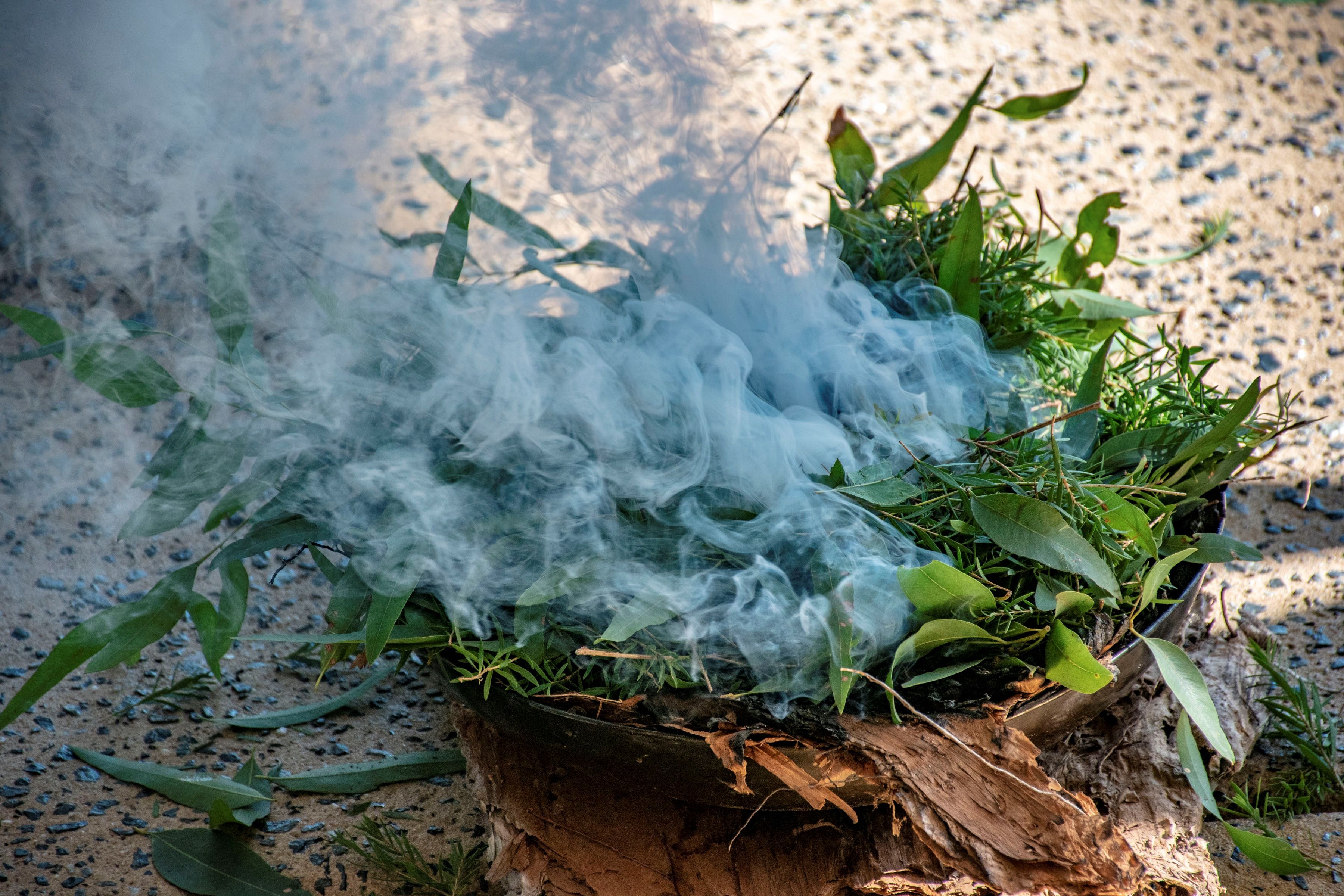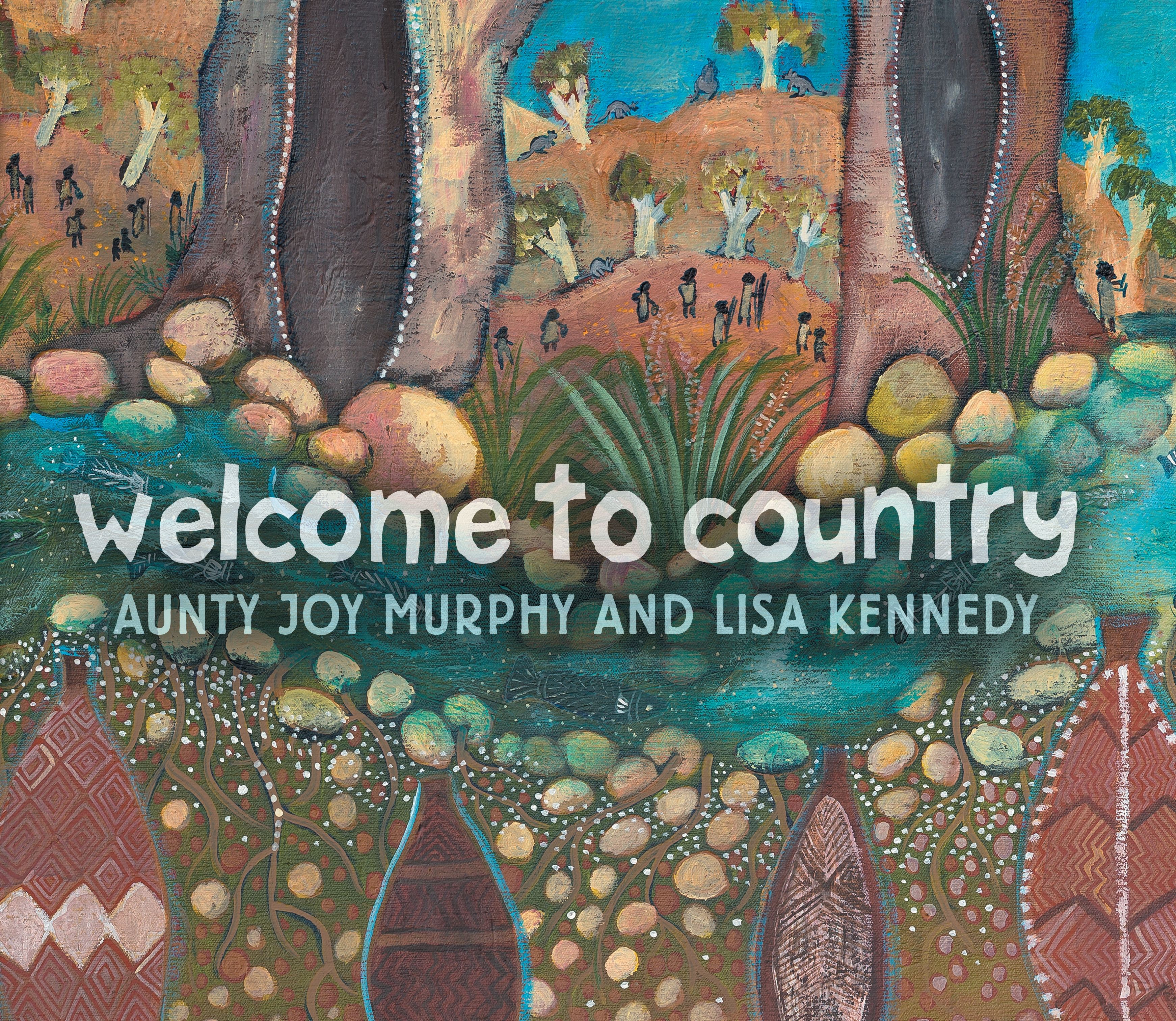Home/Curriculum resources/Understanding Smoking Ceremonies/Activity 3: Welcome to Country and Acknowledgement of Country
Learning Areas:
Humanities and Social Sciences, English
Year levels:
Level 3, Level 4

Activity 3: Welcome to Country and Acknowledgement of Country
This activity is a part of the Understanding Smoking Ceremonies resource.
Flames and smoke from bark vessel and leaves used in traditional Australian Aboriginal smoking ceremony, Australia. Photographer: PDerrett. Source: Getty Images. Used under licence.

Activity 3: Welcome to Country and Acknowledgement of Country
Focus: Understand what Welcome to Country and Acknowledgement of Country are.
Possible overarching question: What is Welcome to Country and Acknowledgement of Country?
Step by step guide
Step 1: Connecting to students’ prior learning
Step 2: Shared text and discussion
Step 3: Explore examples of Welcome to Country
Step 4: Creating an Acknowledgement of Country
Step 5: Reflection
Required Resources:
Teacher Support Material
Picture Story Book “Welcome to Country” written by Aunty Joy Murphy; illustrated by Lisa Kennedy.
Clip: BTN Welcome to Country (6mins 38secs – 9mins 56secs)
Clip: National Museum of Australia Canberra region Welcome to Country
Clip: Curtin University Welcome to Country: Curtin Elder-in-Residence Professor Simon Forrest
Website: Common Ground First Nations Acknowledgement of Country
Website: AIATSIS Welcome to Country
Connect, Extend, Challenge Template
Student Information Sheet
Student Research Cards
Clip: Deliver an Acknowledgement of Country that really means something | Shelley Reys | TEDxSydney

Step 1: Connecting to students’ prior learning
Facilitate a discussion about what has been explored so far about smoking ceremonies. If it does not come up let students know that several texts referenced Welcome to Country. Let students know we will be exploring Welcome to Country and Acknowledgement of Country. You may invite students to answer if they have heard or seen an Acknowledgment of Country or a Welcome to Country before and the parts they remember.
Step 2: Shared text and discussion
Let students know that you are going to read the story “Welcome to Country” written by Aunty Joy Murphy; illustrated by Lisa Kennedy. Facilitate a discussion about connections students have made from what they have already learnt so far.

Welcome to Country. Written by Aunty Joy Murphy; illustrated by Lisa Kennedy. Walker Books Australia. © Aunty Joy Murphy and Lisa Kennedy. Used with permission.
Undertake a second reading of the book, this time pausing at key moments to allow deeper exploration. The Teacher Support Material offers guidance.
You could also watch this clip from Aunty Joy Murphy undertaking a Welcome to Country.
You may wish to find out the welcome words or customs for visitors entering the lands of the Indigenous Country/Nation in which your school is located.
Step 3: Explore examples of Welcome to Country
Students can engage with the clips, website articles and the text provided. You could set this up around the classroom in various ways:
students can rotate through stations,
watch individually on a device at their own pace, or
view them together as a whole class.
While exploring the diverse examples of Welcome to Country, students can use the Connect, Extend, Challenge routine or another thinking routine they are familiar with. (Student support materials for this task are also provided).
Clips
BTN Welcome to Country (6mins 38secs – 9mins 56secs)
National Museum of Australia Canberra region Welcome to Country
Curtin University Welcome to Country: Curtin Elder-in-Residence Professor Simon Forrest
Websites
Student information text
Step 4: Creating an Acknowledgement of Country
Work with students to create an Acknowledgement of Country unique to your context.
Students could explore (as a class or in groups) the following questions or connect back to the Discovering connection to Country learning Activity 3: Discovering Aboriginal and Torres Strait Islander Nations.
What is the traditional name of the Country on which you live or attend school?
What are some features of the Country? (Landscape, Waterways, City/ regional/ remote)
What are some flora and fauna found on the Country?
What is the current season on Country? (use an Indigenous Knowledge Seasonal Calendar)
What is something special or meaningful about the place where you live or go to school?
Students could craft their own Acknowledgement of Country using the specific information researched. These acknowledgements could then be used at the start of each day during a morning meeting.
Step 5: Reflection
Revisit the overarching question: "What is Welcome to Country and Acknowledgement of Country?". Facilitate a reflective discussion using the visible thinking routine 'I used to think... Now I think...' to help students articulate how their understanding has evolved.

Related activities within this resources:

Activity 1: Introduction to Smoking Ceremonies
This activity aims to introduce students to the concept of Indigenous smoking ceremonies and their significance in some Aboriginal cultures. Through engaging in discussions, shared readings, and a See, Think, Wonder routine, students will connect their prior learning about Country/Place with new understandings of the role and importance of smoking ceremonies. This activity encourages students to observe, reflect, and inquire, fostering a deeper appreciation of the multifaceted relationship between Indigenous Peoples and their land.

Activity 2: Exploring Smoking Ceremonies
Building on Activity 1, where students explored the basics of smoking ceremonies, this activity aims to deepen their understanding of the different types, purposes, and features of Indigenous smoking ceremonies. Through discussions, shared readings, and exploration of various resources, students will connect prior knowledge about Country/Place with a deeper appreciation of the significance of smoking ceremonies in some Aboriginal cultures. This activity encourages observation, reflection, and inquiry, fostering a greater understanding of the cultural and spiritual importance of these ceremonies.